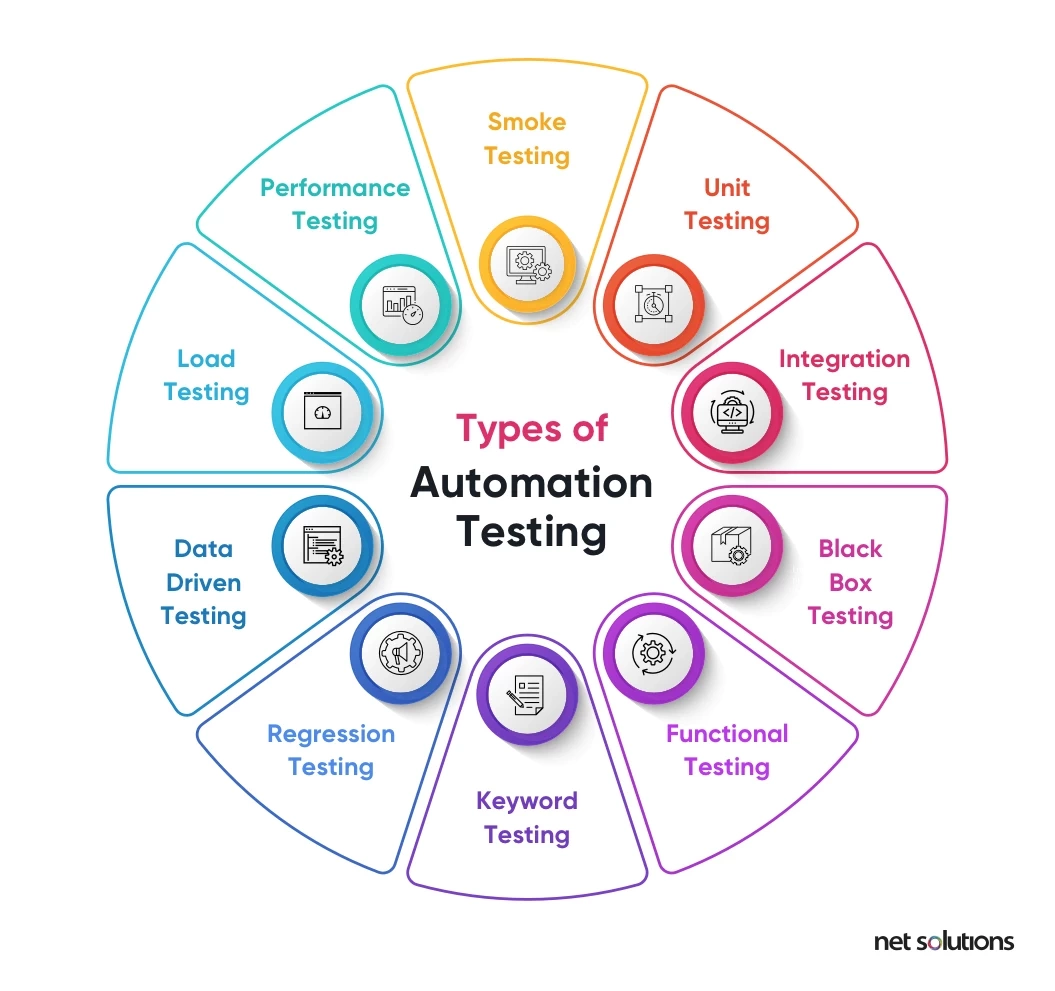How Automation Testing Changes Quality Assurance Processes
How Automation Testing Changes Quality Assurance Processes
Blog Article
From Guidebook to Automated Screening: A Comprehensive Guide to Transitioning Smoothly and Successfully
In the world of software program testing, the change from manual to automated processes has become a progressively important transition for organizations looking for to improve effectiveness and accuracy in their testing techniques. The trip from guidebook to automated testing is not without its challenges, yet when come close to tactically and with a clear plan in mind, the benefits can be significant.
Benefits of Automated Testing
Automated screening provides various advantages, boosting performance and precision in software development procedures. Automated tests can be run all at once on numerous devices and operating systems, substantially speeding up the testing phase compared to manual screening.
Furthermore, automated screening ensures a greater degree of accuracy in finding defects. Consistency in testing is likewise enhanced, as automated tests execute the same actions specifically each time they are run.
Picking the Right Tools

First of all, analyze your objectives and demands. Comprehend the range of your job, the technologies involved, and the ability collection of your team. This analysis will certainly help you determine the features and capabilities you require in your screening tools.
Secondly, take into consideration the compatibility of the tools with your existing procedures and systems. Smooth combination with your existing software growth lifecycle is important to make sure a smooth change to automation.
Furthermore, assess the scalability and versatility of the tools. As your screening requires progress, the devices ought to have the ability to adjust and accommodate adjustments efficiently.
Last but not least, consider the assistance and area around the tools. When executing automated testing, robust support and an active individual community can offer valuable resources and assistance. By meticulously considering these elements, you can select the right tools that align with your needs and established the phase for a successful shift to automated testing.
Composing Effective Test Manuscripts

When crafting examination scripts, it is important to consider the certain requirements of the software program being evaluated and make certain that the scripts resolve all important capabilities. Clear and descriptive calling conventions for examination manuscripts and examination cases can improve readability and maintainability. In addition, incorporating error handling mechanisms within the test scripts can aid in determining and resolving concerns immediately.
In addition, organizing examination scripts right into modular parts can boost reusability anchor and scalability, decreasing redundancy and boosting performance in examination script upkeep. Regular testimonials and updates to examine scripts are vital to equal developing software application requirements and performances. By following these concepts, testers can create durable and effective test manuscripts that contribute significantly to the success of automated screening processes.
Integrating Automation Into Workflows
Effective combination of automation devices into existing workflows improves and streamlines procedures productivity within software program advancement cycles. When including automation into process, it is essential to recognize repetitive tasks that can be automated to conserve time and decrease human mistake. By perfectly incorporating automated testing tools like Selenium or Appium right into the software advancement lifecycle, teams can attain faster comments on code adjustments, resulting in quicker insect discovery and resolution. This combination enables continual screening throughout the development process, making sure that any problems are identified early, causing greater software top quality. Additionally, automation can be used to cause examinations instantly after each code commit, offering immediate recognition and maximizing testers to concentrate on even more complicated circumstances. Appropriate assimilation of automation devices requires cooperation in between development, screening, and procedures groups to establish a unified workflow that maximizes performance and performance in providing premium software program items.
Making Sure a Smooth Change
Efficiently transitioning to automated screening entails thorough planning and careful implementation to reduce interruptions and maximize effectiveness in the software development procedure - automation testing. To ensure a smooth change, it is vital to like it start by performing a thorough analysis of the present testing processes and identifying locations where automation can bring one of the most considerable advantages. Engaging with all stakeholders early on at the same time, including designers, testers, and project supervisors, is essential for gathering support and buy-in for the automation campaign
Interaction is crucial throughout this shift stage. Clear interaction of the goals, advantages, and expectations of automated testing assists to manage any type of resistance or problems that may arise. Additionally, giving sufficient training and resources for employee to upskill in automation devices and techniques is crucial for ensuring a successful shift.

Final Thought
Finally, transitioning from handbook to automated testing offers numerous advantages, consisting of boosted effectiveness and dependability. By selecting the appropriate devices, composing effective test manuscripts, and integrating automation flawlessly right into operations, organizations can make certain a smooth and successful transition. It is important to embrace automation as a valuable asset in software screening processes to boost general high quality and performance.
In the world of software application screening, the change from guidebook to automated procedures has actually become a significantly vital change for companies looking for to enhance performance and accuracy in their screening practices. Automated tests can be run simultaneously on several gadgets and operating systems, substantially speeding up the screening stage compared to manual screening. Consistency in testing is likewise enhanced, as automated tests carry out the same actions exactly each time they are run.To make sure the effective application of selected screening tools, the development of efficient test scripts plays a crucial duty in verifying the functionality and performance of automated processes - automation testing. By adhering to these principles, testers can develop durable and reliable test manuscripts that contribute dramatically to the success of automated screening processes
Report this page